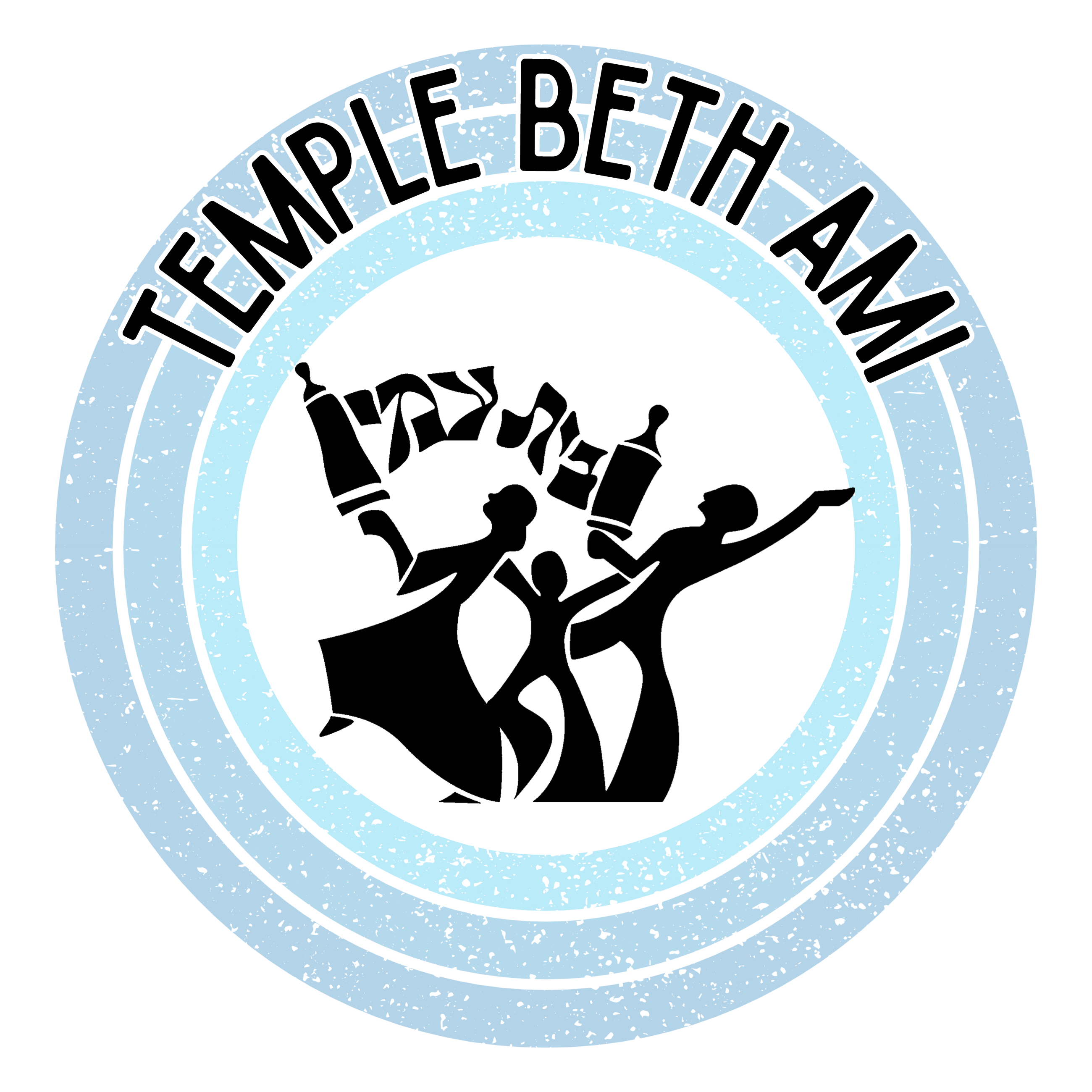VaYakhel/Pekudei (Shabbat HaChodesh) 5783
Ex. 35:1 – 40:38
Rabbi Gary Pokras
This week’s double portion brings us to the conclusion of both the book of Exodus and the construction of the mishkan (the sacred tent which contained the ark, also called the Tent of Meeting and the Tabernacle).
“When Moses had finished the work, the cloud covered the Tent of Meeting, and the Presence of the LORD filled the Tabernacle … For over the Tabernacle a cloud of the LORD rested by day, and fire would appear in it by night, in the view of all the house of Israel throughout their journeys.” (Ex. 40:33b-34 and 38)
While the mishkan is a predecessor to the centralized Temple in Jerusalem, it is notably different because it was portable by design. Wherever we went, it was a reminder that God was with us. The centralized Temple, by contrast, with all its power and glory, shifted our awareness. With its establishment, Israelites had to travel to Jerusalem to make a pilgrimage three times a year to approach the Divine Presence. The mishkan (the place where God dwells) became the mikdash (the Holy Place). For those who did not live near the Temple precincts, God was far away.
Then the Second Temple was destroyed, and our people faced a future of exile in the diaspora. In response, the ancient rabbis combined the concepts of both the mishkan and the mikdash. Wherever we went, we brought the Torah with us and built synagogues, places where we could not only house the Torah, but also study Torah and worship God. The synagogue became our surrogate for the Temple, with worship and the study of Torah replacing the sacrificial cult of the Temple. Torah is where we encounter God’s teachings and the ancient stories of our people’s relationship with God. When we listen to words of Torah, we can hear God speaking to us, wherever we may be. In this way, the synagogue is more mishkan than mikdash, more local than distant. Indeed, the very word mishkan is closely related with the verb shahkan (to dwell) and Shekhinah, which is the name we use to describe God’s gentle and motherly presence. It is a reminder that wherever we are, we are never alone; when we create space for God in our synagogues, we create space for God in our communities. And when we create space for God in our communities, we discover that God also dwells within each and every one of us. And then, with God’s help, we will treat ourselves, and each other accordingly.

